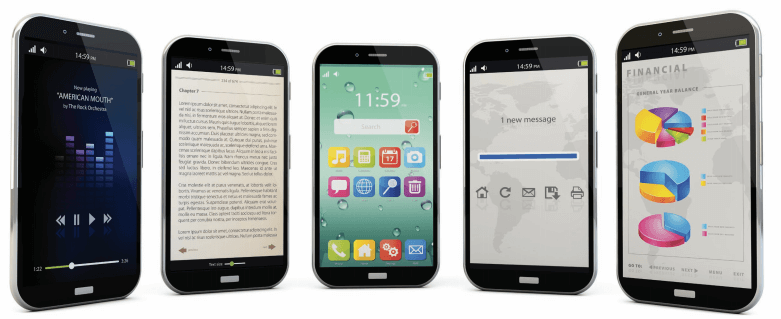Apps Could Modernize Conservation Customers Urged To Claim Their Utility Data
Written by: Marion Fraser, of Fraser & Company
Performance-based conservation is changing the way building owners and managers are using energy and water data to benchmark their buildings. Really advanced building owners and managers are also using this data to provide diagnostics to determine what is required to improve their buildings’ performance, conserve energy and save money.

Yet, timely and cost-effective access to utility data is still a challenge. From manual data entry of scanned utility bills to add-on metering to translate pulse inputs into data; from accessing utility websites to outsourced data acquisition; and from getting electronic data from the retail hub to paying a utility to get your own data, there is a common denominator. It takes time, and time is money. For building owners and managers with multiple locations served by a wide variety of utilities, the difficulties and costs can be even greater.
Research through the Centre for Urban Energy and Ontario’s Centres of Excellence and in conjunction with BlackBerry targets a cost-effective solution: a mobile application that can deliver utility bill information to any mobile device. An associated a secondary app can store it in any digital format in any energy management system and deliver any key data from the bill to identified members of an organization, all within the data privacy safeguards that Ontario’s privacy commissioner has established.
This reflects the efforts of companies such as Screaming Energy and its Chief Executive Officer, Gary Michor, to capitalize on the smart grid in a way that benefits both utilities and their customers. In the world arena, times are changing and change is happening quickly. For the first time ever in January 2014, Internet use in the US was mostly made up of mobile apps.
Even as the trend towards mobility gains speed, many utilities still rely on websites as the repository of information, and users must enter a password – if they can remember it. Utilities in Ontario and elsewhere have struggled with information technology since their first energy data infrastructures were created.
They have historically connected systems and data together manually or through expensive customized processes using legacy systems. Caution underscores the traditional approach, in which changing anything within their infrastructure or data systems has caused major issues and, even if all went well, costs were high.
A new mindset is advised to provide value to customers through modernization of data. Many utility staff use mobile data in their personal life, but singly they can’t instigate the necessary enterprise-wide change.
A leading a group of utilities in Ontario is now exploring how they might use data mobility and energy data standards to enable customers to access data. Notably, the data belongs to customers, not the utilities, so customers should have flexibility to share it via apps with external energy management firms or internal utility staff who can help them manage energy use.
Along the way, this pioneering group has also found potential savings and options to use the mobility industry to a business advantage as well as for the good of the customers, but it will also require quick support from the governments and regulators to ensure a common focus. The goal is to create a user-friendly link across the utilities (electricity, water and natural gas).
The focus is on being cost-effective and reducing the change to the utility infrastructure so the market can quickly be enabled. This will allow customers to manage their information consistent with the “Privacy by Design” concept articulated by Ontario’s Privacy Commissioner. It will also engage the mobility community without timeconsuming and costly interruptions of routine utility practices.
As a necessary step, the Ontario government will have to embrace utilityrelated mobile applications in government policy, utility regulation and conservation programming. Similarly, new possibilities in conservation rely on harnessing the data of energy use to be able to change how and when energy is used.
Customers need easier and more costeffective access to the data that utilities hold, and they need the tools to use it. They’ll also need easy integration to other technologies without going through the utility or upsetting their processes. If the mobility industry can design the applications, utilities can focus on their core business of assisting customers.
November 14th, 2014
About Screaming Power Inc.
Screaming Power is revolutionizing customer engagement by providing a mobile platform that connects the energy user, allowing for effective and secure two-way communications to educate, change behaviour and encourage sustainability. Our extensible Intellectual Property provides a low-cost, digital infrastructure for a self-sustaining Eco-System. Our Scream Utility & Scream Enterprise mobile solutions focus on reducing ‘cost-to-service’ for utilities while driving satisfaction and facilitating the delivery of innovation (e.g., connectivity to the IoTs).
